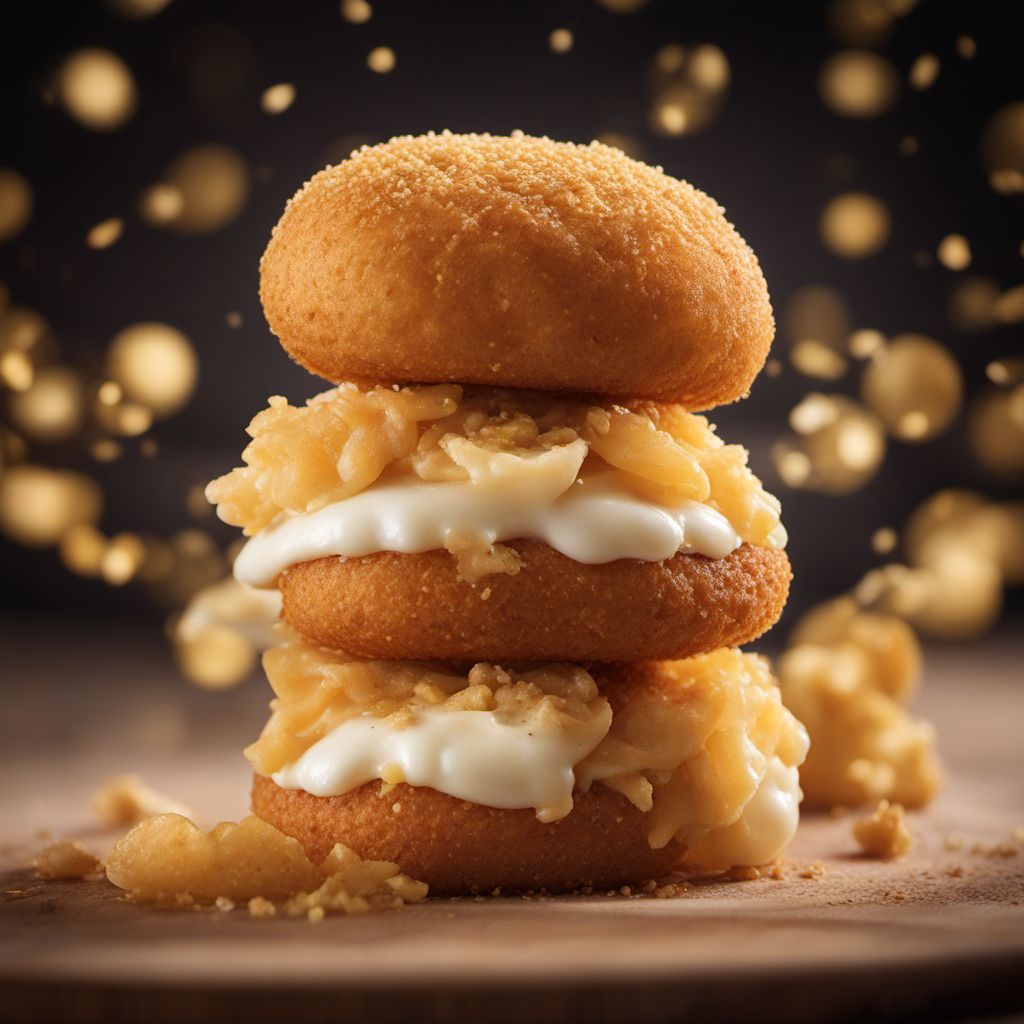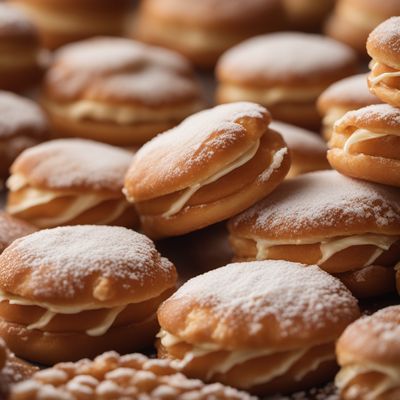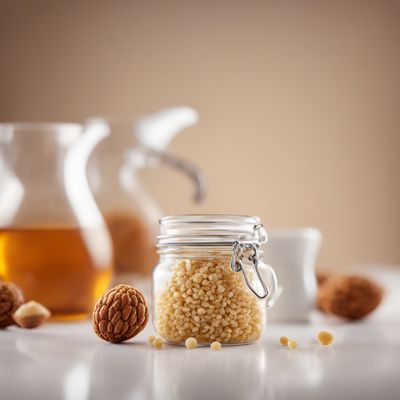
Ingredient
Croquembouche
Tower of Delights
Croquembouche is a show-stopping dessert that showcases the artistry of French pastry. It is made by stacking cream-filled profiteroles into a cone shape and securing them with caramel. The profiteroles are light and airy, with a crisp outer shell and a creamy interior. The caramel adds a sweet and crunchy element to the dessert, creating a delightful contrast of textures.
Origins and history
Croquembouche has its origins in France and is closely associated with special occasions, such as weddings and holidays. It is believed to have been created in the 17th century by French pastry chefs, who were inspired by the Middle Eastern dessert known as macaron tower." Croquembouche has since become a symbol of celebration and is a centerpiece at festive gatherings."
Nutritional information
Croquembouche is a high-calorie dessert due to its rich ingredients. It is a good source of carbohydrates and fats, providing a decadent treat for those with a sweet tooth. A serving of croquembouche contains approximately 300-400 calories, depending on the size and filling used.
Allergens
Contains gluten, eggs, and dairy.
How to select
When selecting croquembouche, look for a tower that is well-constructed and visually appealing. The profiteroles should be evenly sized and have a golden brown color. The caramel should be glossy and firm, without any signs of melting or discoloration. Avoid croquembouche that appears stale or has a strong odor.
Storage recommendations
Croquembouche is a complex dessert that requires advanced pastry skills to produce. It is recommended to leave the production of croquembouche to professional pastry chefs or experienced home bakers. However, adventurous bakers can attempt to make profiteroles and caramel separately, then assemble them into a smaller version of croquembouche.
Preparation tips
To maintain the freshness and quality of croquembouche, store it in a cool, dry place away from direct sunlight. Avoid refrigerating croquembouche, as it can cause the caramel to soften and lose its crunchiness. It is best to consume croquembouche on the day it is made to enjoy its optimal taste and texture.
Substitutions
Croquembouche is typically served as a centerpiece dessert at weddings, holidays, and other special occasions. It is a stunning and impressive dessert that adds a touch of elegance to the dessert table. Croquembouche can be enjoyed as is or accompanied by a drizzle of chocolate sauce or a dusting of powdered sugar.
Culinary uses
Croquembouche is commonly available in pastry shops and bakeries that specialize in French pastries. It is more prevalent in France and other European countries, but can also be found in upscale patisseries around the world.



